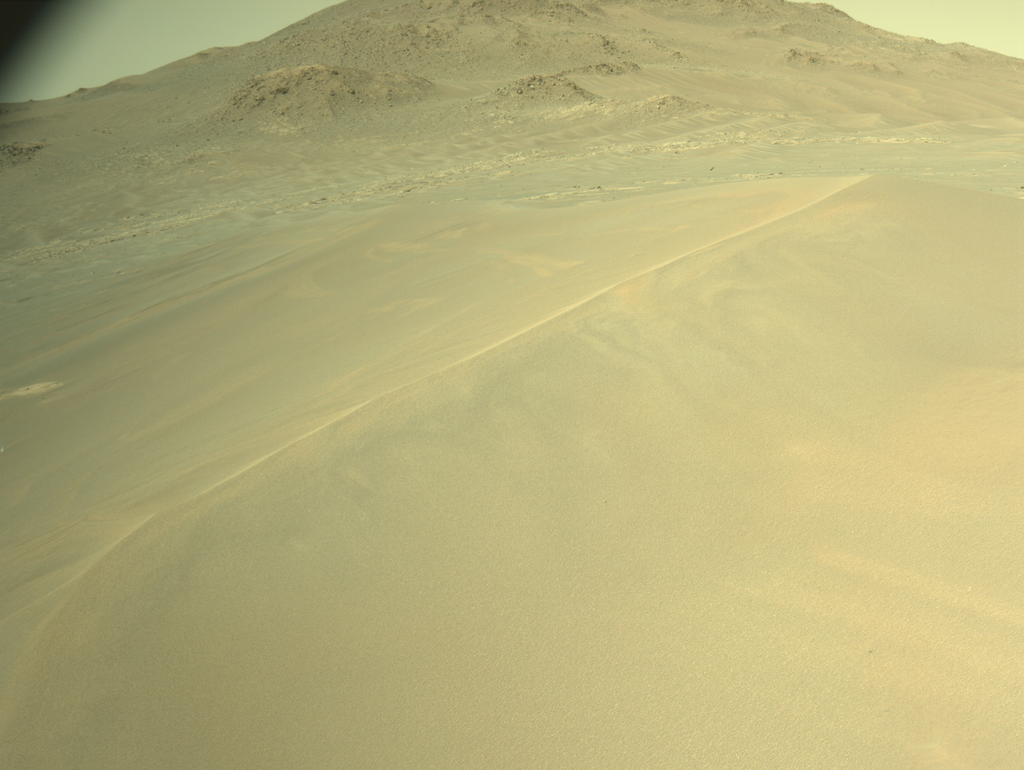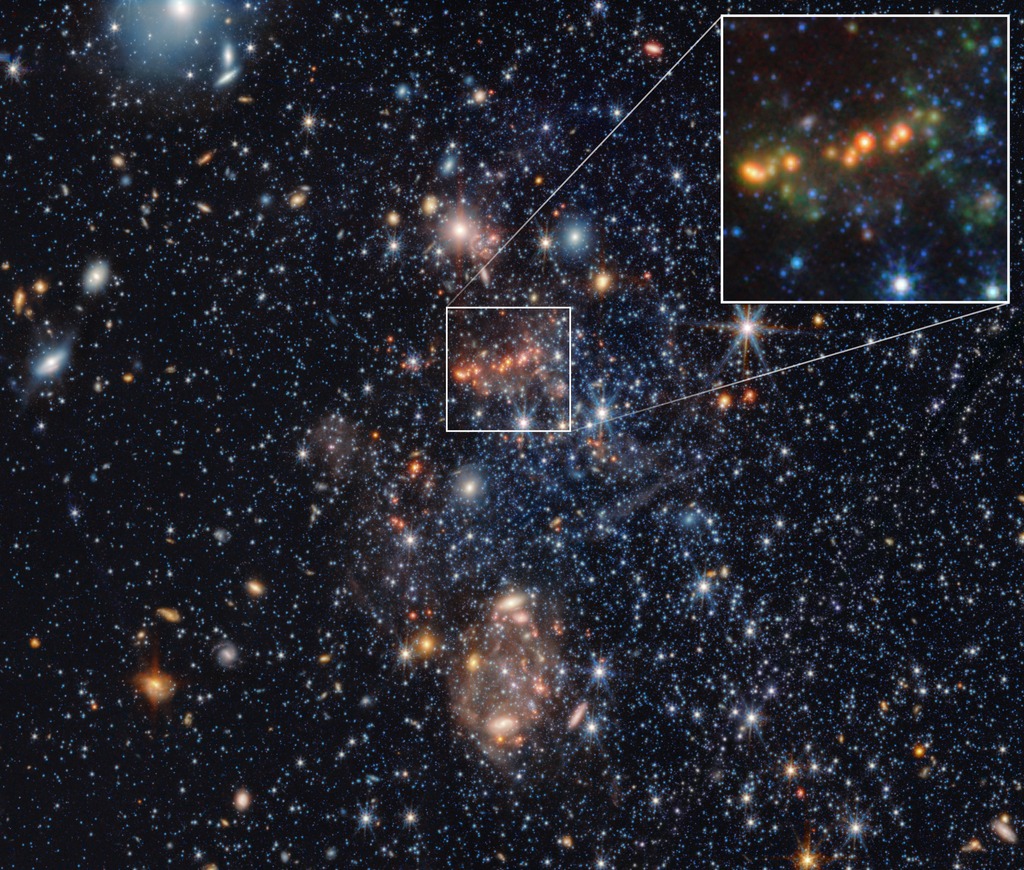1 min read
Centaur 29P Outgassing (Artist’s Concept)
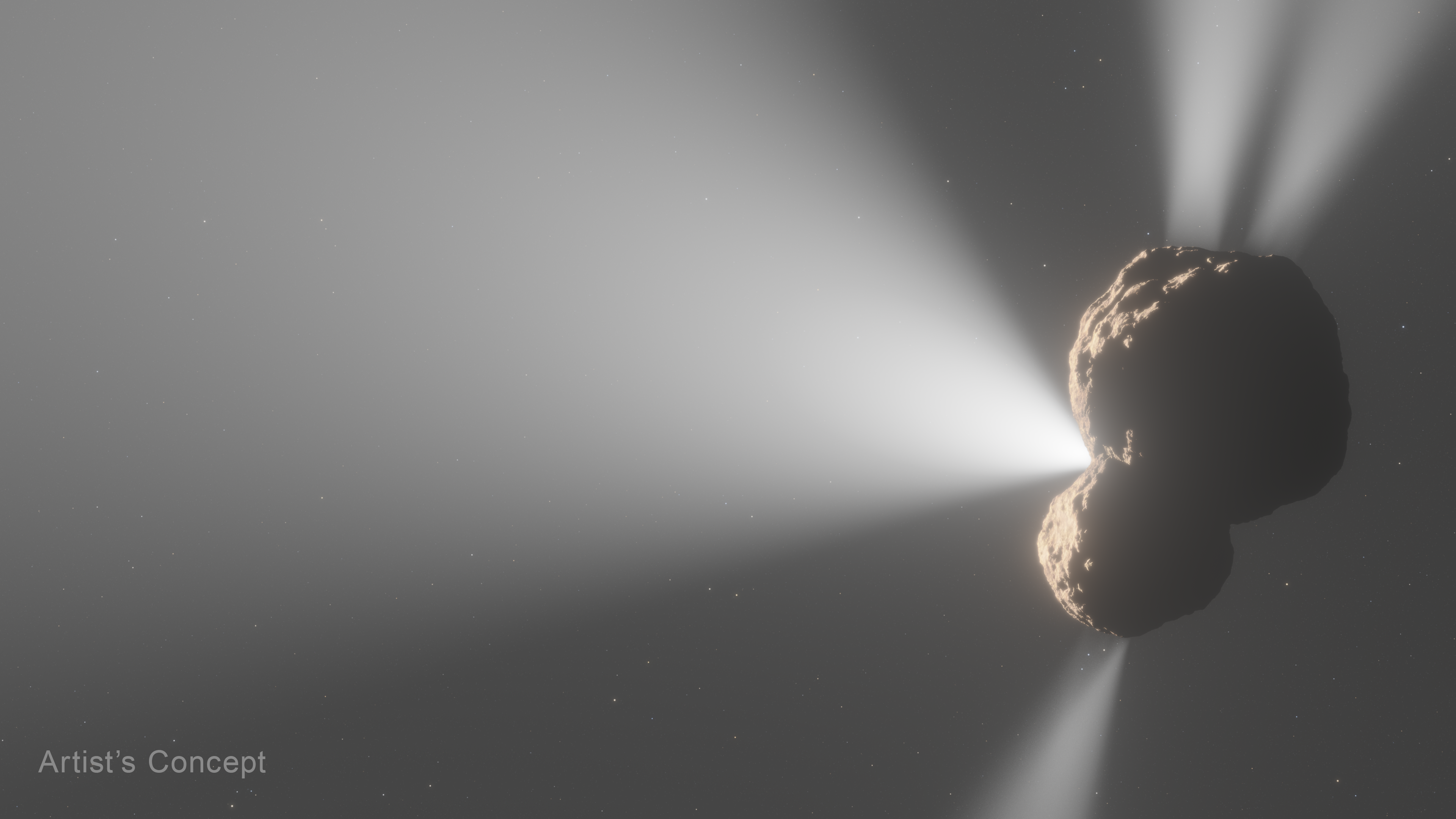
An artist’s concept of Centaur 29P/Schwassmann-Wachmann 1’s outgassing activity as seen from the side. Prior radio-wavelength observations noted a jet composed of carbon monoxide (CO) gas pointed toward Earth, shown at left from this angle.
Astronomers used NASA’s James Webb Space Telescope’s spectral capabilities to map the front jet’s makeup, and also discovered three additional jets spewing from the centaur’s nucleus: two jets of carbon dioxide (CO2) gas swiping in the north and south directions, and another jet of CO spewing toward the north. The Webb data marked the first definitive detection of CO2 in Centaur 29P.
The science team’s modeling efforts revealed that the jets’ locations are dispersed across different regions of the centaur’s nucleus. The jets’ angles suggest that the nucleus may have a bilobed structure that was formed when two different objects came together, however, other scenarios are still being considered.
- Release DateOctober 2, 2024
- Science ReleaseNASA’s Webb Reveals Unusual Jets of Volatile Gas from Icy Centaur 29P
- CreditArtwork: NASA, ESA, CSA, Leah Hustak (STScI)
Downloads
Related Images & Videos
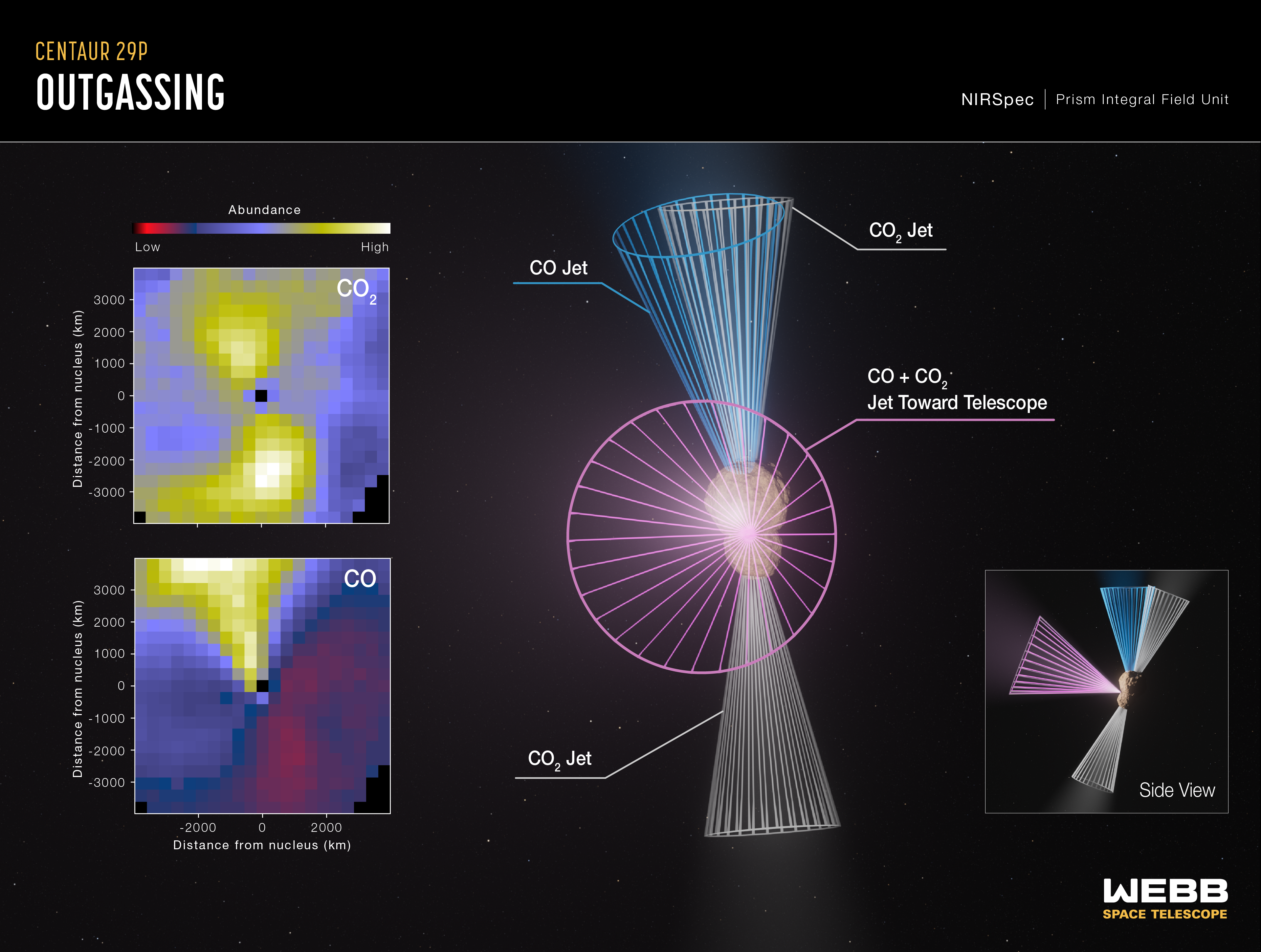
Centaur 29P Outgassing (NIRSpec)
NASA’s James Webb Space Telescope observed Centaur 29P/Schwassmann-Wachmann 1, one of the most active objects in the outer solar system. Centaurs are “hybrid” objects in the sense that they share characteristics with trans-Neptunian objects from the Kuiper Belt reservoir and...
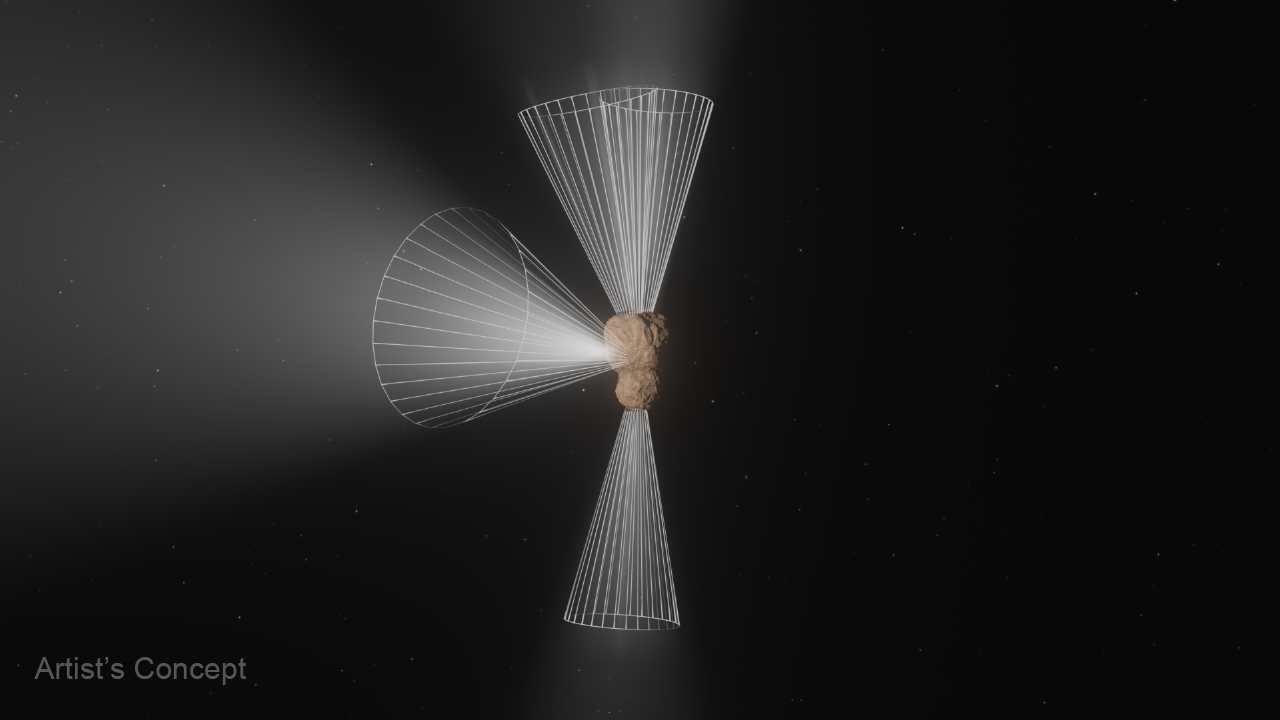
Centaur 29P Outgassing (Artist's Concept)
This is an animation portraying the outgassing activity of Centaur 29P/Schwassmann-Wachmann 1 based on data gathered by NASA’s James Webb Space Telescope’s NIRSpec (Near-Infrared Spectrograph) instrument. Centaur 29P is one of the most active objects in the outer solar system,...
Share
Details
Laura Betz
NASA’s Goddard Space Flight Center
Greenbelt, Maryland
laura.e.betz@nasa.gov
NASA, ESA, CSA, Leah Hustak (STScI)



